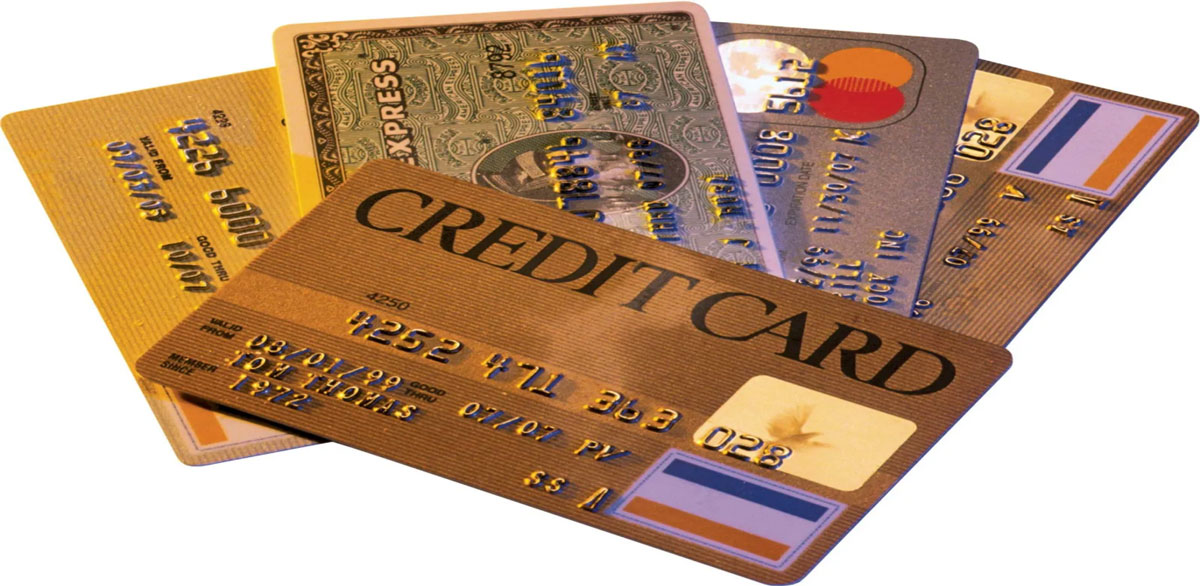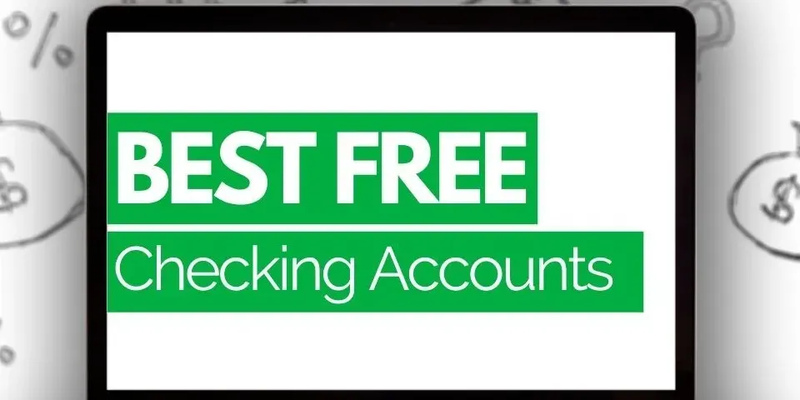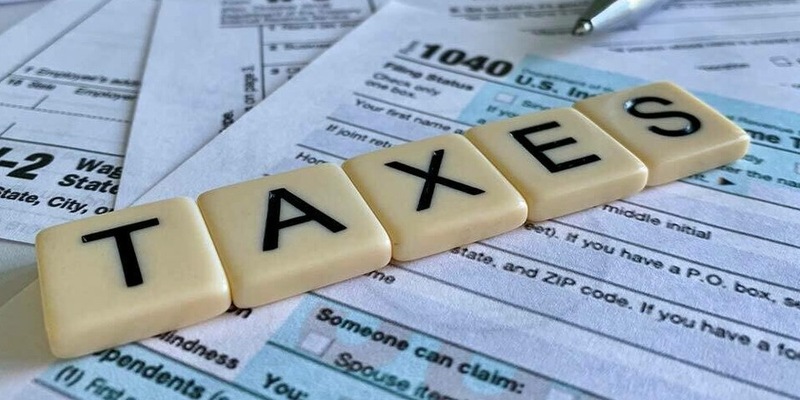Credit Cards vs. Debit Cards: What’s the Difference?
May 18, 2025 By Kelly Walker
Do you feel like you’re spinning your wheels trying to understand the differences between credit and debit cards?
Do you need help determining which one is best for your situation? Well, you’ve come to the right place.
In this blog, we will help break down the key distinctions between these two payment methods, exploring their pros and cons so that you can decide which option is best for you.
So buckle up, and let's dig into a comparison of credit cards vs. debit cards!
Credit Cards vs. Debit Cards
It is important to understand the differences between a credit and debit cards to make the right choice for your financial needs.
Credit cards allow users to borrow money from the issuer, up to their approved limit, for the purchase of goods or services and are not linked directly to a bank account.
On the other hand, debit cards are directly connected to a bank account and will draw funds from the linked account for each purchase.
Credit cards offer more payment protection than debit cards, as it is easier to dispute fraudulent charges with a credit card company.
Additionally, credit card companies usually provide extended warranties and other forms of insurance on purchases made with their cards. Credit cards also have higher spending limits than debit cards.
Debit cards offer more flexibility than credit cards, as they require no minimum payment from the user and are typically linked to an account with a higher balance. This allows users to make purchases without worrying about incurring interest or late fees.
Both options have advantages and disadvantages when deciding which card type is best for you. Credit cards offer more protection but have higher interest rates and fees.
Debit cards are more flexible, but may besubject to lower spending limits and have fewer protections against fraud or theft. It is important to weigh all of these factors before choosing which payment method will work best for you.
Understanding Credit Cards and How They Work

Understanding content writing can be difficult at first, but once you learn the basics, it’s relatively easy.
Credit cards are issued by banks and other financial institutions, allowing customers to borrow money up to their approved limit to purchase goods or services.
Credit card users are responsible for repaying these loans in full each month with interest if they have yet to pay off the full balance. Unpaid balances can incur hefty late fees and high-interest charges if not addressed promptly.
Understanding Debit Cards and How They Work
Debit cards are closely linked to a customer’s bank account and draw funds from their account for each purchase up to the card's limit.
What Is a Debit Card?
A debit card is a payment card that draws funds directly from the user’s bank account. It can be used to pay for items in stores, online, or over the phone just like a credit card.
The difference is that when you use your debit card, the money is immediately taken out of your checking account at the time of purchase.
A debit card is also known as an ATM card because it can be used to withdraw cash from ATMs and deposit funds into a bank account.
Now that you have explored the differences between credit cards and debit cards, you can decide which option is best for your financial needs.
Both offer advantages, but come with different levels of protection and fees. Consider your spending habits, credit history, and bank balance before choosing which option is right for you.
Advantages and Disadvantages of Credit Cards vs. Debit Cards
Credit cards have their advantages and disadvantages, as do debit cards. Understanding the differences is important before deciding which is best for your situation.
Here are some of the main pros and cons of credit cards versus debit cards:
Advantages of Credit Cards:
- Payment protection for fraudulent charges.
- Extended warranties and other forms of insurance on purchases made with the card.
- Higher spending limits than debit cards.
- Earn rewards or cashback on purchases.
Disadvantages of Credit Cards:
- High-interest charges and late fees are potentially high.
- Difficulty making payments on time.
Advantages of Debit Cards:
- Immediate access to funds.
- Low or no cost for usage.
- Easier to track spending since you are constantly aware of the balance in your bank account.
- Disadvantages of Debit Cards:
- Limited spending limit compared to credit cards.
- No payment protection or extended warranties on purchases.
- Potential fees for overdrafts and other services.
Tips for Choosing the Right Card for Your Needs

- Consider your spending habits. If you use plastic for everyday purchases, then a credit card is the best option due to its higher spending limit and payment protection benefits.
- If you are looking for a simple way to access cash from your bank account on the go, then a debit card might be more suitable.
- Compare interest rates and fees - It is important to factor in any potential fees when deciding which card to go with.
- Credit cards can have high-interest rates, as well as late payment charges, so be sure to read the terms and conditions carefully before signing up for one.
Ways to Save Money and Maximise Rewards with Credit Cards
- Pay off your balance in full each month - This will help you avoid any interest charges and late fees.
- Take advantage of rewards programs. Many credit cards offer rewards programs that can be used to earn points, cashback, and other benefits on purchases made with the card.
- Review the rewards program carefully and compare different cards to ensure you get the most out of your card.
- Set up payment reminders - Setting up automated payments or reminders can help pay your bills on time each month, avoiding late fees or interest charges.
FAQs
Are Debit Cards the Same as Credit Cards?
No, debit cards and credit cards are different payment options. Debit cards draw funds directly from the user’s bank account, while credit cards provide a line of credit that must be repaid with interest.
Is it safe to use a debit or a Credit card?
Yes, both debit cards and credit cards are secure payment methods. Both use sophisticated encryption technology to protect user data from fraudulent activities.
However, it is important to be mindful of potential scams and always take the necessary safety precautions when using a card online or in person.
Is the ATM card debit or credit?
An ATM card is typically considered a debit card, meaning that when you withdraw money from an automated teller machine (ATM), the funds are immediately debited from your checking or savings account.
Conclusion
Credit and debit cards are two popular payment methods with different advantages and disadvantages.
It is important to understand the differences between them, including the benefits and risks associated with each option, to decide which card is best for your needs.
By comparing options and reviewing rewards programs, you can find the right fit for your financial situation and maximize your savings.
We hope this guide has helped you understand the differences between credit and debit cards.
On this page
Do you feel like you’re spinning your wheels trying to understand the differences between credit and debit cards? Do you need help determining which one is best for your situation? Well, you’ve come to the right place. In this blog, we will help break down the key distinctions between these two payment methods, exploring their pros and cons so that you can decide which option is best for you. So buckle up, and let's dig into a comparison of credit cards vs. debit cards! Credit Cards vs. Debit Cards Understanding Credit Cards and How They Work Understanding Debit Cards and How They Work What Is a Debit Card? Advantages and Disadvantages of Credit Cards vs. Debit Cards Advantages of Credit Cards: Disadvantages of Credit Cards: Advantages of Debit Cards: Tips for Choosing the Right Card for Your Needs FAQs Are Debit Cards the Same as Credit Cards? Is it safe to use a debit or a Credit card? Is the ATM card debit or credit? Conclusion
Lifespan of An Appraisal

Exploring the Common Ways to Move Expense Claims for Returning to School

Debt Forgiveness How Get Out Paying Your Student Loans

High-Value Home Insurance: What is it?

How Does Pattern Day Trading Work?

Best Identity Theft Protection Services

Online Credit Unions: How To Join and How It Works

Top Biotech Stocks

Unlocking Six Best Free Checking Accounts

Renters Insurance Explained: Are Your Storage Units Protected?

Understanding Tax Benefits
